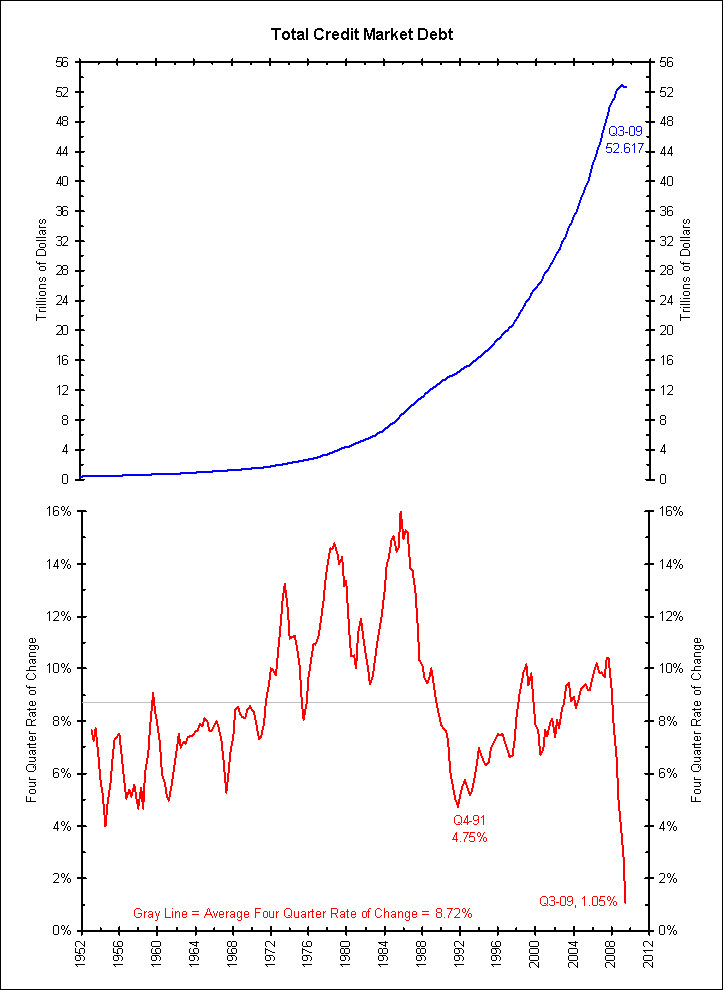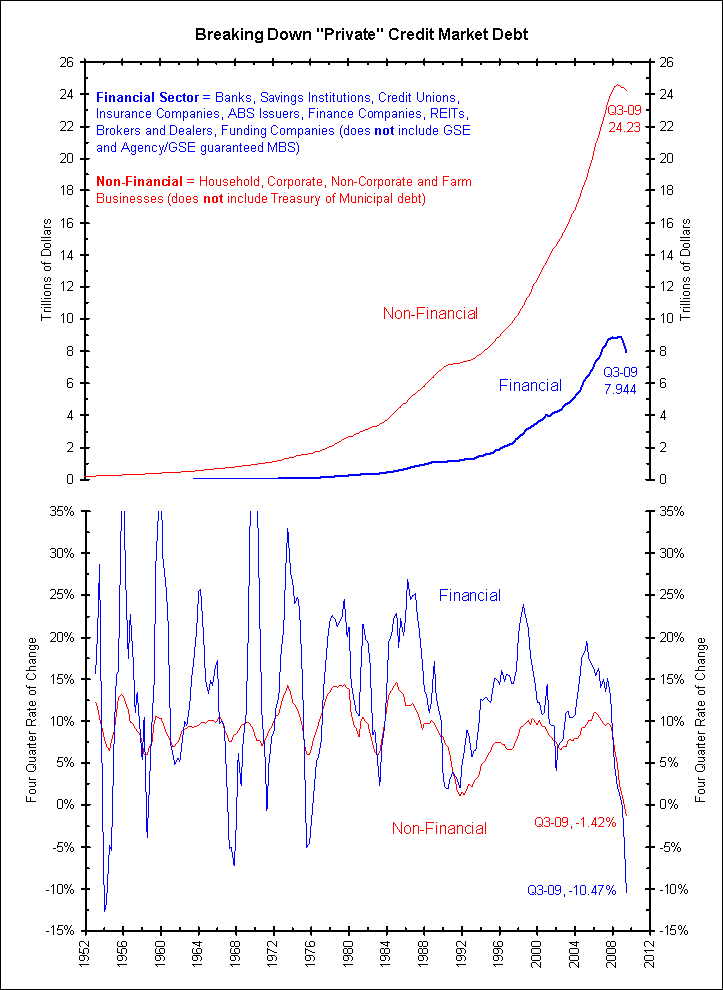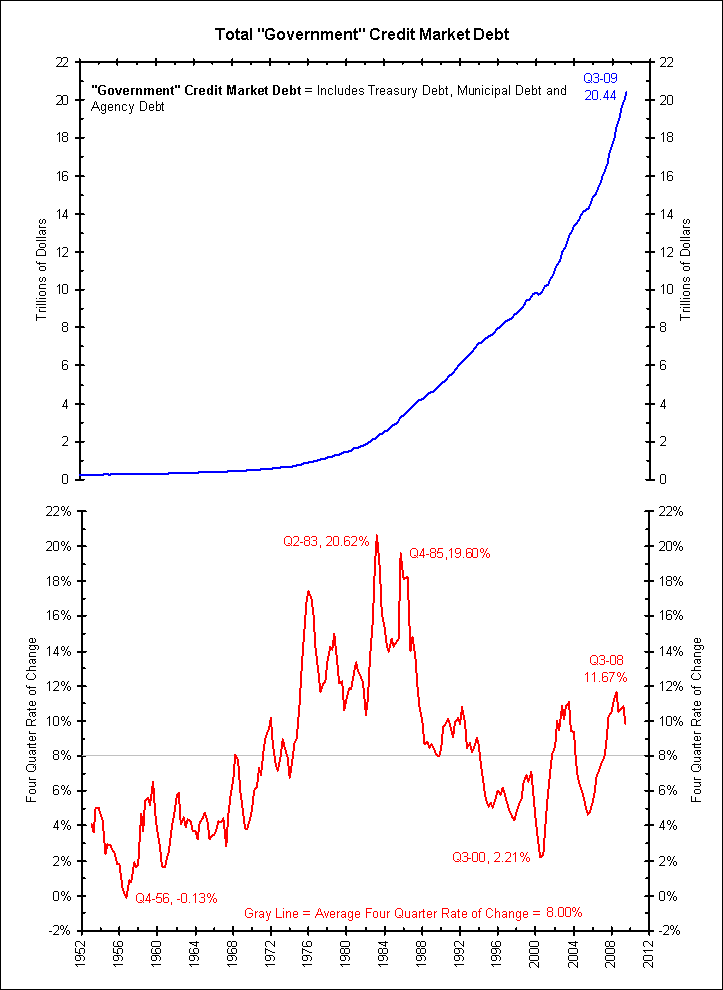Over the last year, a tremendous increase in the amount of ETF education has significantly reduced the likelihood of misuse by professional or amateur investors. By now, hopefully everyone knows that the United States Natural Gas Fund (
UNG) doesn’t actually
buy and hold natural gas and that
USO’s underlying assets don’t include barrels of crude oil. But still, the research done by many ETF investors stops at the fund’s name, and perhaps a cursory look at the expense ratio. While the transparency and simplicity of most ETFs allow investors to get away with going light on the diligence, this doesn’t always hold true. Below, we take a look under the hoods of five ETFs to discover some surprising nuances about a number of exchange-traded funds.
5. The Truth About “Country-Specific” ETFs
The rise of the ETF industry has allegedly brought nearly every corner of the globe within reach of millions of investors. With country-specific funds targeting nearly every imaginable location, ETFs have been praised as a revolutionary new portfolio tool that allows investment in dozens of economies. Unfortunately, this is only half true. Most international ETFs are dominated by mega-cap companies that generate their revenues from around the world and just happen to be headquartered in a certain country. An investment in Toyota and Honda through a Japan ETF doesn’t provide exposure to the local Japanese economy, as these stocks be impacted more significantly by a change in U.S. consumer habits than economic growth in Japan.
The iShares MSCI Spain Index Fund (EWP) is a good example. Banco Santander and Telefonica, two of the largest publicly-traded Spanish companies, account for about 23% and 18% of EWP, respectively. Banco Santander generates only about 26% of its profit from Spain, with South America (36%) and the United Kingdom (16%) accounting for more than half of earnings. Less than 45% of Telefonica’s profit comes from Spain, as again Latin America (40%) and Europe (17%) account for significant portions of operations.
There’s nothing faulty or deceptive about international equity ETFs, but investors should be aware of the limitations imposed by the mega-cap focus, and the significant differences in risk and return profiles between these ETFs and small-cap international funds (as detailed in this analysis).
4. The “BRIC-HIC” ETF
Investors usually seek out BRIC ETFs as a way to gain exposure to four of the world’s fastest-growing emerging markets. So it may be a bit surprising that about 14% of the iShares MSCI BRIC Index Fund (BKF) is allocated to Hong Kong, recognized as a developed market by most major index providers and economists.
But BKF’s surprises don’t stop there.
Most investors recognize the BRIC bloc of countries as consisting of Brazil, Russia, India, and China, so they may be a bit perplexed as to why BKF maintains exposure to a different “IC” combo–Ireland and the Cayman Islands. The allocations to these countries are minor–less than 1% in aggregate–but a dilution of true emerging markets exposure nevertheless.
3. Muni Bond ETFs Push Quality Limits
Muni bond ETFs have become popular among investors in a high tax bracket looking to enhance their fixed income exposure. Historically, these funds have been made up of high quality, investment grade debt issues. But in the current environment, countless state and local governments are facing unprecedented budget shortfalls, resulting in slashes to discretionary expenses and increased debt burdens.
One of the side effects has been a widening disconnect between the target exposure of certain ETFs and their actual holdings. The PowerShares Insured National Municipal Bond Portfolio (PZA), for example, “is designed to track the performance of AAA-rated, insured, tax exempt, long-term debt publicly issued by U.S. states or their political subdivisions.” But about 12% of PZA’s holdings maintain a rating below AAA, with another 5% unrated.
The issue is even more pronounced among California muni bond ETFs. The PowerShares Insured California Municipal Bond Portfolio (PWZ) is “designed to track the performance of AAA-rated, insured, tax-exempt, long-term debt publicly issued by California or Puerto Rico or their political subdivisions,” but less than 60% of the underlying holdings are rated AAA.
The disconnect stated objective and the actual holdings of these ETFs highlights the importance of diligence when researching potential investments.
2. AGG: Pushing The Limits
The iShares Barclays Aggregate Bond Fund (AGG) is one of the most popular ways to achieve fixed income exposure through ETFs. The fund’s popularity stems in part from it’s reputation as a “one stop shop” for bond exposure, as it includes Treasuries, agency debt, and investment grade corporate bonds. The index underlying AGG consists of more than 8,000 individual holdings, making it one of the best barometers of the U.S. investment grade bond market.
The only problem is that AGG’s individual holdings number 276, meaning that it holds only about 3% of the issues that make up the Barclays Capital U.S. Aggregate Bond Index. Just as attempting to replicate the performance of the S&P 500 with 15 stocks would likely prove difficult, the managers of AGG face a tough task in replicating the benchmark’s performance with only a fraction of the total universe of debt issues. AGG is billed as a passively-indexed fund, but the process of selecting a handful of fixed income securities to match the risk and return characteristics of such a broad benchmark is more than somewhat reminiscent of active management.
1. Emerging Markets ETFs’ Dirty Little Secret
Most investors are shocked to learn that a significant portion of the assets held by two of the most popular emerging markets ETFs aren’t actually emerging markets stocks at all–at least according to certain authorities on the matter. The International Monetary Fund (IMF) has classified South Korea and Taiwan as developed economies for more than a decade, yet these countries receive two of the largest four allocations in both VWO and EEM. Israel was upgraded to developed status by the FTSE Group in 2007 and MSCI in 2009, yet still has a significant weighting in both funds. Perhaps the most perplexing inclusion is Hong Kong, which is recognized by all major index providers as a developed market but accounts for about 6% of EEM (Hong Kong equities aren’t included in VWO).
In aggregate, the developed markets of South Korea, Taiwan, Israel, and Hong Kong comprise about 34% of EEM and 27% of VWO, a significant dilution to the emerging markets exposure many investors expect. There is a “pure play” alternative to emerging markets exposure: the Dow Jones Emerging Markets Composite Titans Index Fund (EEG) is a BRIC-heavy fund that maintains exposure to 13 different emerging markets, none of which are the four quasi-developed markets that make up a big slice of EEM and VWO.














